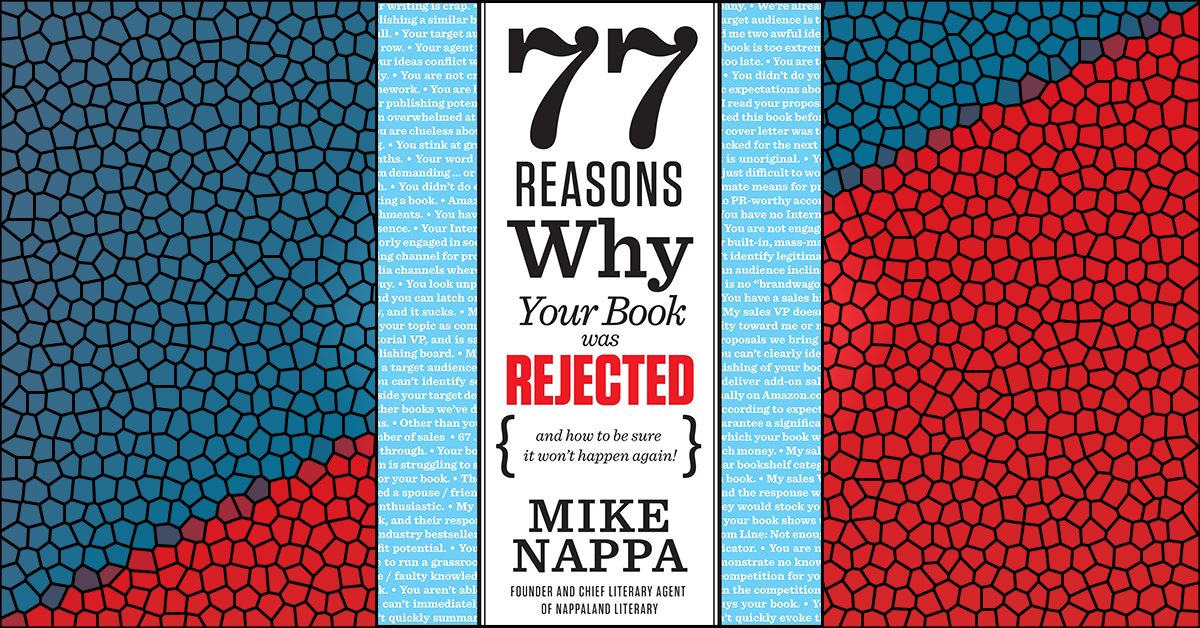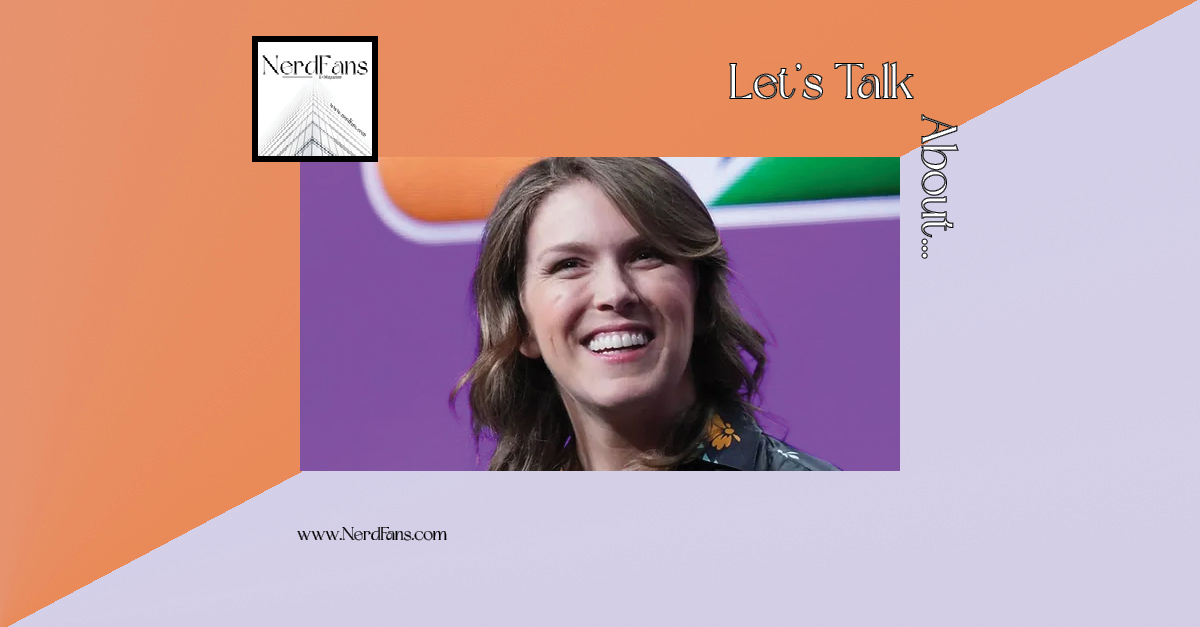|
Getting your Trinity Audio player ready...
|
Pete Docter is spilling secrets.
I’m sitting in a conference room at Pixar Animation Studios, interviewing Pete Docter, the award-winning director behind great movies like Monster’s Inc., Up, and Inside Out. I’m trying to play it cool…But then I open my mouth and start talking. It only takes about four seconds for Pete to realize I’m a total nerd. Thankfully, he’s kind of a nerd too, so we’re getting on just fine. And then I figure, hey, why not? and I ask him what’s really on my mind:
Where’s the Pizza Planet truck in Inside Out?
Since its first appearance in Toy Story in 1995, that truck has made a secret cameo in every Pixar movie ever made. Now I want the inside scoop—where is it in this new movie? Pete grins.
“Do you want me to tell you, or do you want to look?” Tell me! I say. (I try not to yell.)
Inside Out, he explains, peeks inside the head of Riley, an eleven-year-old girl (inspired by Pete’s real-life daughter, Ellie). We see Riley’s memories, pictured as beautiful glass globes; we see her imaginary childhood friend, Bing Bong; and we see her emotions portrayed as real-life characters named Joy, Sadness, Fear, Anger, and Disgust. But what about the truck? I say.
He laughs. “I’ll tell you this: There’s three separate scenes that I know of, and probably more, where it shows up…Right as Joy is first chasing after Bing Bong, look around there. That’s the easiest one to spot.”
Awesome. I’m really starting to like this guy…
The Invisible Kid & The Math Book Incident
Of course, everybody likes Pete Docter nowadays—but back in junior high that wasn’t the way things were. It’s not just that Pete was unpopular, it’s more like he was invisible.
“I just didn’t really have friends,” he remembers. “I didn’t know how to engage with people. I was kind of shy and gangly and awkward and so I would escape and draw in my room. I think that’s really the reason why I got into animation, because I had something I wanted to say but I didn’t know how to speak to people.”
To get through those years, Pete relied on his family—and his faith. “I was raised in a Lutheran church so I’ve obviously been familiar with the teachings and history of Jesus,” he recalls. That Christian faith gave him hope when he felt alone. And, he says, “My parents were very encouraging when I was growing up.” Case in point:
Once Pete got in trouble at school for turning his math textbook into a homemade flip-book. He filled it with dozens of little doodles that “animated” a silly story when he fanned through the pages. Pete thought it was pretty funny. His teachers didn’t.
Instead of punishing him, though, his family encouraged his creative efforts. “My parents gave me those 3M Post-it Note® type things where you could just flip through a pad,” he laughs. “For 5 cents you could buy a note pad and make a better flip-book than your math book makes.” Smart parents!
The Jesus Journey
That 5-cent investment saved a few math books—and paid off big-time later in Pete’s life. Inside Out is just one example of that. But the bigger investment Pete’s parents made was teaching their son about friendship with Jesus. “I’d call myself Christian,” he says today, “although I sometimes feel like I’m not really deserving of that.”
He remembers a time when he tried to walk away from his faith. “Somewhere in college, I kind of thought, All right, I don’t know if that really is speaking to me. It’s not like I wholesale rejected it ever, it’s just that it sort of faded, you know? I credit my wife [Sharon] for kind of pulling me back to really studying some of this stuff because there’s amazing stuff to be learned.
“I know some people say Jesus is a great teacher, or whatever. I think there’s something fundamental to the Christian faith that speaks to the core of who we are … That’s what Jesus brings: A personal relationship with God that is really unique. It’s the only sort of religion that I know of that offers that.”
“Invest Deeply”
From her perch on a table in the corner of the room, the interview monitor looks up at me. “Three minutes left,” she warns. Time has flown by, and my interview with Pete Docter is almost over! What’ll my last question be?
What do you want to say to our readers? I ask at last. Pete turns his head sideways, and gives me a thoughtful look. After a moment, he says:
“I guess I would just say, invest deeply. I think there is a great deal of, I guess you’d say it’s fear. Fear that you don’t want to put yourself out there because you might be humiliated or you might be brokenhearted if something doesn’t work. But those are the experiences that make life worth living, so even if it ends in heartache, put your whole self into it. Whatever it is.”
Inside Out Insider
Bonus! We asked Pixar director, Pete Docter, to tell our readers a few “insider secrets” from Inside Out. Here’s what he had to say:
- “So many of our films are kind of set in Anytown, USA. This one it felt like, let’s be specific. Let’s make actual places. So the art department actually scouted, like, a corner. There’s a place in San Francisco where Riley’s house is based on!”
- “At the beginning of the movie when we’re watching Riley growing up … There’s a magazine that’s on the table, and it’s a cooking magazine. On the cover is Colette from Ratatouille.”
- “Most of [Riley’s] background memories that you see on the shelves are actually shots from the ‘married life’ sequence of Up! So if you look really carefully you can see, oh there she’s straightened a tie, there’s Carl and Ellie, or breaking the jar, or things like that.”
∞ ∞ ∞
–MN
Inside Out stills and filmmaker images reprinted by permission of Disney• Pixar Animation Studios. © 2015 Disney•Pixar. All Rights Reserved.











